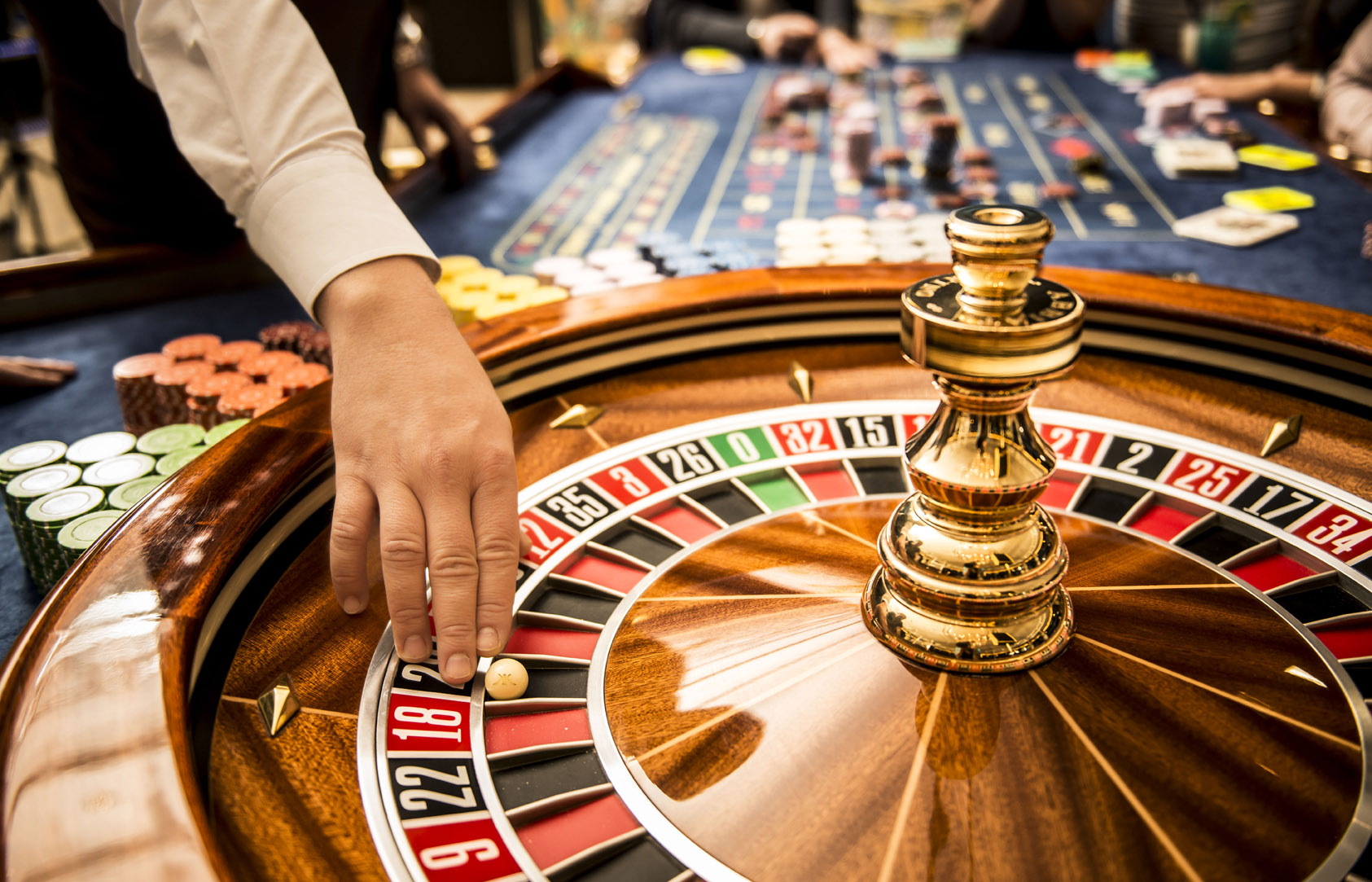
In the shadows of these shimmering illuminations plus those enticing noises of spinning wheels lies a vibrant realm in which creativity meets numbers: the creation of games of chance. As players flock to gaming establishments seeking excitement plus the possibility of striking it rich big, a huge amount of work takes place behind the scenes to create the games for their enjoyment. From the starting concept to the final product that players engage with, many elements are brought together to ensure an captivating gaming experience.
Designers, engineers, plus game creators work together to combine innovative technology with engaging gameplay features. Each aspect, from visuals and sound effects to probabilities and returns, is carefully crafted to draw in players plus keep them entertained. Understanding this complex process of the way casino games are made reveals both the technical skills required but also the artistic vision that transforms these engaging experiences to life.
Video Game Design Workflow
The design process begins with brainstorming and conceptualization, where creators generate concepts for innovative casino games. This first phase often involves pinpointing target audiences and understanding market trends. Designers take into account factors like game mechanics, themes, and payout structures to create an engaging experience. Teamwork between game designers, mathematicians, and artists is crucial to guarantee a well-rounded concept.
Once a concept is selected, the next stage involves creating prototypes and testing. Designers create a working version of the game to evaluate its playability and mechanics. This allows for adjustments and refinements based on feedback from testers. Iteration is vital, as designers may navigate multiple rounds of evaluations to fine-tune gameplay balance and user experience. This stage is crucial for identifying any possible issues before the game goes into production.
After testing, the game moves into development and production. This includes the technical aspects of coding the game software, integrating graphics, and ensuring compliance with gaming regulations. Quality assurance testing ensures that the game functions seamlessly across various platforms and devices. Once everything is polished, the game is prepared for launch, usually accompanied by promotional tactics to draw in players and generate excitement around the latest casino game. https://good88b.io/
Tech and Development
The evolution of casino games has transformed significantly with progress in technology. Contemporary game design often features high-quality graphics, engaging sound effects, and dynamic animations that provide a compelling experience for players. Game developers use sophisticated software tools and programming languages to build these immersive gaming experiences. Additionally, the use of RNGs ensures fairness and unpredictability in outcomes, which is essential for maintaining player trust and compliance with gaming regulations.
In recent years, the rise of online casinos has pushed the limits of game development even further. Developers are now able to design games that cater to a worldwide audience, integrating features such as live dealer options and VR environments. This transition has encouraged innovation, leading to unique game mechanics and formats that enhance player engagement. Mobile gaming has also become a significant focus, driving developers to optimize games for smartphones and tablets, ensuring accessibility and convenience for players on the go.
Collaboration among creators, artists, and math experts is crucial in the creation process. Each team brings their knowledge to make sure games are not only aesthetically pleasing but also statistically accurate and enjoyable. The integration of player feedback during beta testing allows developers to improve game features and functionalities, ultimately leading to a positive launch. As technology continues to advance, the potential for innovative game concepts and experiences is unbounded, promising an exciting future for casino games.
Evaluating and Quality Control
Once a slot has been designed, it moves into the critical phase of testing and quality assurance. This phase ensures that the game operates seamlessly and provides a fair experience for players. Teams conduct thorough tests, including functionality checks to verify that all game features work as planned. Each element, from visuals to sound effects, is evaluated to ensure high standards are met.
In addition to functionality testing, the game experiences stringent compliance checks to meet legal requirements. Multiple jurisdictions have specific rules governing game fairness and player protection. Quality assurance teams will confirm that the random number generators are working correctly and that the game’s payout percentages correspond with market standards. This meticulous examination helps establish trust with players and authorities alike.
Finally, pre-launch testing may be conducted with genuine players to collect feedback on user experience. This invaluable insight allows developers to make necessary adjustments before the official launch. Addressing any likely issues identified during this phase helps ensure that players will experience a fluent, captivating experience when the game goes live. The commitment to quality reflects the industry’s dedication to delivering pleasant and trustworthy casino games.
